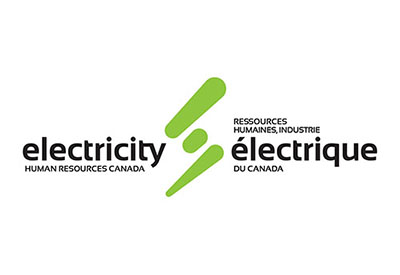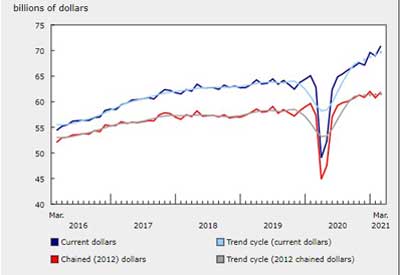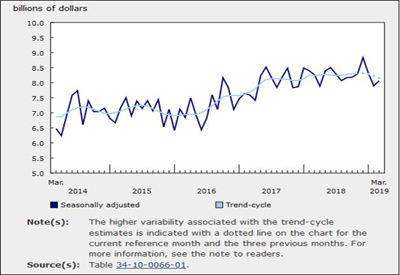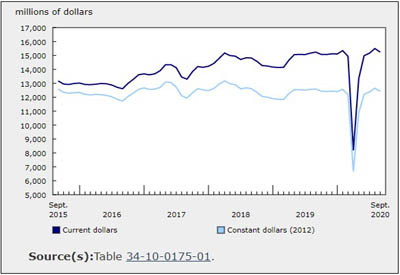In-House or Managed EDI: How to Determine the Right Fit for Your Business
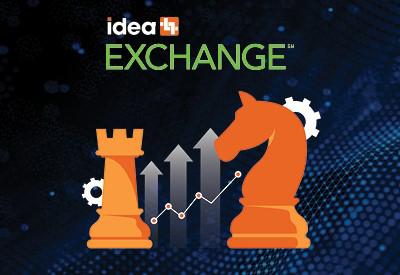
June 1, 2022
Electronic data interchange (EDI) is the most commonly used B2B eCommerce technology. Based on standards, this computer-to-computer exchange of business documents between trading partners increases efficiency while cutting costs by simplifying processes across the entire supply chain.
More documents are shared and processed in less time with greater accuracy, accelerating business cycles by up to 61% and reducing the number of transactions with errors by 30–40%.
Your company can achieve significant growth with EDI by selecting the management approach—in-house, managed, or hybrid—that aligns with overall operations and company culture.
As a major electrical industry EDI service, IDEA supports both managed services and in-house EDI. From reviewing the pros and cons of each approach to examining your EDI usage and company culture, here’s some recommendations for determining the best EDI strategy for your company.
In-House EDI Pros and Cons
To manage EDI in-house, a company must purchase an EDI module for the mapping and translation software, servers and hardware to run the software, and communication software to run the connection. In-house EDI also requires a team to create EDI maps, produce documents, and maintain the environment.
Pros:
- Control and flexibility
- Managed by employees
- Can build on existing infrastructure
Cons:
- Higher startup costs
- Staffing expertise and costs
- Slower implementation
- Larger commitment
Managed EDI Pros and Cons
When outsourcing EDI, the third-party managed services vendor supplies the expertise, including data mapping, translating, sending, and receiving. Your company would designate one employee to devote 50–75% of working hours to interface with the EDI vendor, add new documents, and on-board new trading partners.
Pros:
- Lower startup costs
- Faster implementation
- Smaller commitment and consistent budgeting
- Expertise and growth without hiring staff
- Less maintenance and knowledge transfer
Cons:
- Less control and flexibility
- Fewer multi-year cost benefits
- Relationship with provider may need periodic re-evaluation
- Must have a high level of trust and customer service
Examine Current EDI Usage and Infrastructure
If your company is currently doing EDI, examine how the system is being used to understand what can be improved with an upgrade.
- Volume: Current kilo character volume per month, automated transaction types, number of active EDI trading partners.
- Operations: Downtime, technical difficulties, reaction time to market changes, pros and cons of the current system.
- Infrastructure: Age of current EDI solution, capacity to manage current EDI volume.
Evaluate Culture and Staffing to Ensure a Good fit
If your IT and leadership team prefer to retain control and customize solutions, keeping EDI in-house may be a better cultural fit. If your company supports strategic partnerships and prefers to be customer-facing and focused on core business, a managed or hybrid approach may be advisable.
Estimate Costs and Investment
Replacing an in-house EDI system comes with significant capital expenditures in the initial implementation as well as annual operating costs, including support, personnel, and training, and maintenance and VAN fees. The capital expense in outsourced EDI is typically just a set-up fee paid to the vendor, significantly less than the costs to set up a new in-house system. Managed services costs are operational expenses, billed on a monthly basis.
Consult the Experts If You’re Uncertain
When you’re deciding between an in-house EDI system, outsourcing to a partner, or a hybrid of the two, IDEA wants to help you make the best decision for your team. With our expertise and experience, we can help you navigate the complex world of eBusiness for maximum results no matter what path you choose.
If you’re deciding between an in-house EDI system, managed services or a hybrid of the two, get a step-by-step checklist with IDEA’s EDI Strategy Guide.
Download the IDEA EDI Strategy Guide HERE.
Connect with IDEA’s EDI experts.

